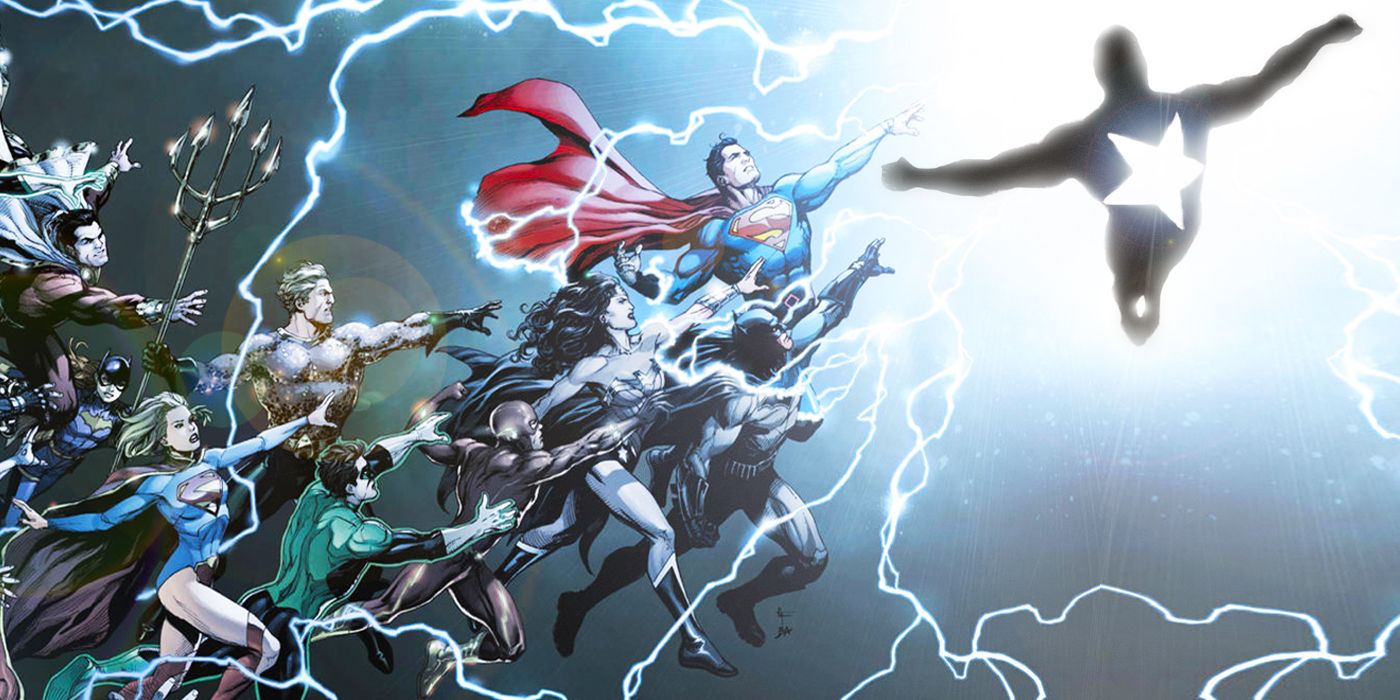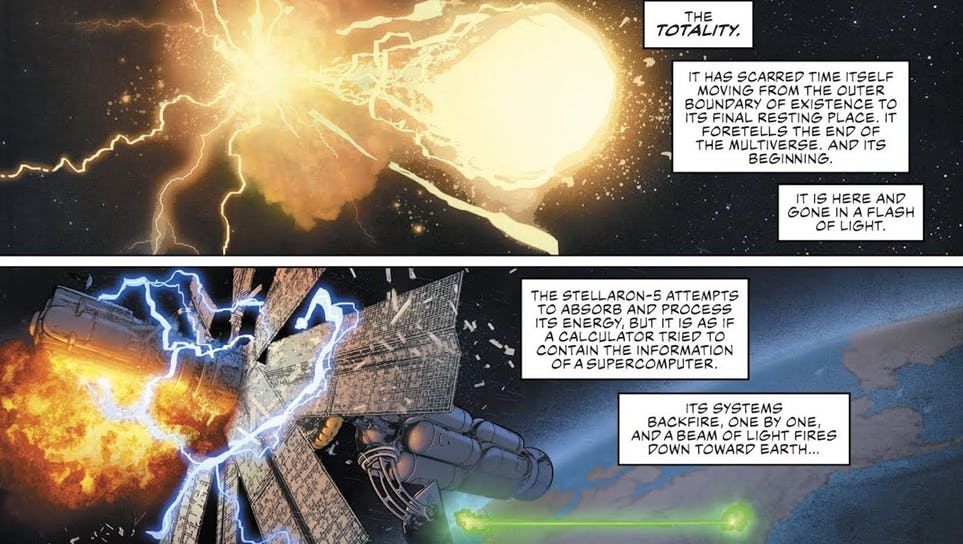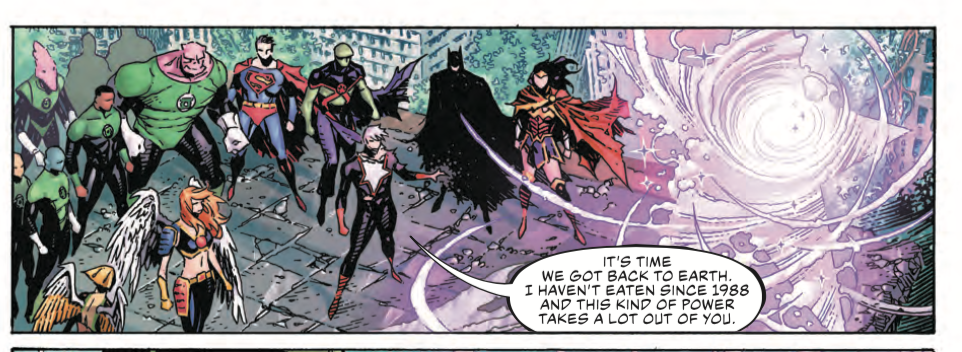SPOILER WARNING: The following article contains major spoilers for Justice League #16, by Scott Snyder, James Tynion IV, Jim Cheung, Stephen Segovia, Mark Morales, Tomeu Morey, Wil Quintana and Tom Napolitano, on sale now.
When you hear the name Starman, who comes to mind? Is it Ted Knight? If not, then perhaps it’s one of his sons, David or Jack. However, you’d be hard pressed to find a DC Comics reader who immediately thinks of Will Payton; not because he’s insignificant but because, in the grand scheme of things, he’s a relatively small player in the DC Universe.
Created by Roger Stern and Tom Lyle, Will Payton made his debut in 1988’s Starman #1, and the character fell into obscurity just four years later. Then, to the surprise of many readers, he resurfaced in Scott Snyder and Jim Cheung’s Justice League #7 after being briefly teased months earlier in Snyder and Greg Capullo’s Dark Nights: Metal #1.
RELATED: Justice League: Everything We Knew About Martian Manhunter Has Changed
The return of Will Payton is significant for a number of reasons. Thanks to James Robinson and the various artists he worked with throughout the ‘90s, the Starman brand alone is enough to pique the interest of longtime DC readers. Beneath the surface, though, Will Payton’s return could hold major clues to the status of the post-Rebirth DCU.
In Justice League #8, Payton’s origin was retconned so that the cosmic energy beam that struck him in 1988 and gave him his powers stemmed from the Totality (the living power core that helped shape existence). Then, he was tortured by a time-traveling Lex Luthor before eventually escaping and meeting up with the Justice League in the present-day. However, as Martian Manhunter reveals, Payton’s memories end from the moment he first encounters Luthor.
Fast-forward to Justice League #16, where we get a seemingly throwaway line with potentially massive implications.
RELATED: Justice League: A Classic DC World Is Preparing to Declare War on Earth
“It’s time we got back to Earth,” Payton tells the League. “I haven’t eaten since 1988 and this kind of power takes a lot out of you.”
While this is clearly a nod to the year Payton debuted and when Luthor tampered with history in Justice League #8, it also implies that in Rebirth continuity, the majority of Payton’s exploits as Starman – including meeting Jack Knight and taking the form of Prince Gavyn – never happened. Furthermore, by putting an actual date stamp on Payton’s debut, one could infer that 1988 is where DC has decided to pick up from its old, pre-New 52 continuity, which has been slowly trickling back into the comics since the start of Rebirth.
To further support this theory, one only has to look to Superman #7, by Brian Michael Bendis, Brandon Peterson and Jason Fabok. In that issue, during a flashback to Lois and Jon’s time in space, Jor-El’s ship is attacked by the Dominators, who he describes as “an invading race.” Jon, in turn, tells his grandfather that he knows full well who they are.
RELATED: Justice League #15 Reveals the Creator of DC's Previous Multiverse
The Dominators, of course, were the primary antagonists of Keith Giffen, Bill Mantlo, Todd McFarlane and Bart Sears’ Invasion!, a three-issue crossover that launched in – you guessed it – 1988.
Now, is it possible this is all merely one big coincidence? Absolutely. However, with storytellers like Snyder and Bendis, who are known for intricate world building and playing the long game, it’s never a bad idea to try reading between the lines.



